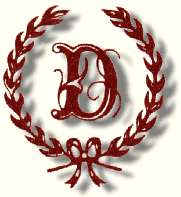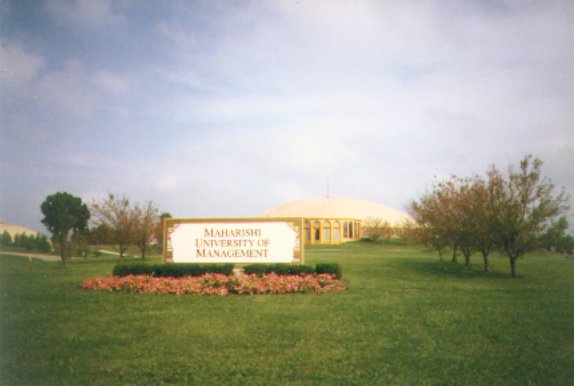
Kool-Aid was invented in Hastings in 1927.
Nebraska is the birthplace of the Reuben sandwich, chicken pot pie, TV dinners, McDonald's McRibs, and the world's largest hamburger.
Nebraska is the nation's chief beef producer and the largest processor of chicken eggs.
Nebraska is both the largest producer and user of center pivot irrigation.
Nebraska was the first state to begin foreign market development of wheat in Europe and South America (1957).
Nebraska is the only state with a non-partisan unicameral, a one-house legislature.
The world's most famous tractor testing laboratory is at the University of Nebraska College of Agriculture.
The Union Pacific's Bailey Yard at North Platte is the country's largest railroad classification yard.
The world's largest elephant fossil was found in south central Nebraska.
The greatest concentration of sandhill cranes occurs each spring when a half-million birds from several southern states gather for six weeks in a 40 mile stretch of the Platte River before fanning out across Canada.
American Legion Post No. 3 in Lincoln is the world's largest American Legion post.
The 911 emergency system originated in Lincoln, Nebraska.
The largest gathering ever of Native Americans (more than 100,000) was in 1851 at Horse Creek near Morrill.
Nebraska was the first state to complete its segment of the interstate highway system (I-80), which covers 455 miles in the state.
The first Forest Service nursery in the nation was planted at Halsey in the world's largest hand-planted forest (1 million trees).
The strobe light was invented by Dr. Harold Edgerton from Nebraska.
Whittier Jr. High in Lincoln was the first junior high school in the nation.
The vice-grip was invented in DeWitt, Nebraska.
Research and development of air ambulance service first began in Nebraska.
The Henry Doorly Zoo in Omaha has the world’s largest indoor rain forest, swamp, desert and aquarium.
The nation's first authorized off-premise banking, with teller machines at grocery store courtesy counters, was developed in Lincoln.
The nation’s first Native American woman doctor was Susanne LeFlesche Picotte (Omaha Tribe).
Address: Nebraska Division of Tourism, P O Box 98907; Lincoln, Nebraska 68509-8907; 877-NEBRASKA. Web:
http://www.visitnebraska.org.





















































